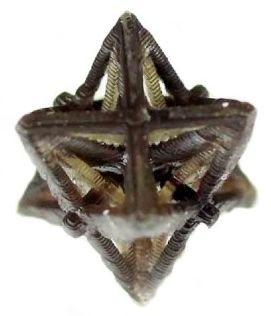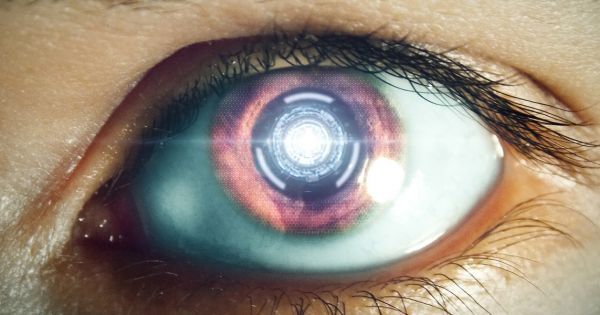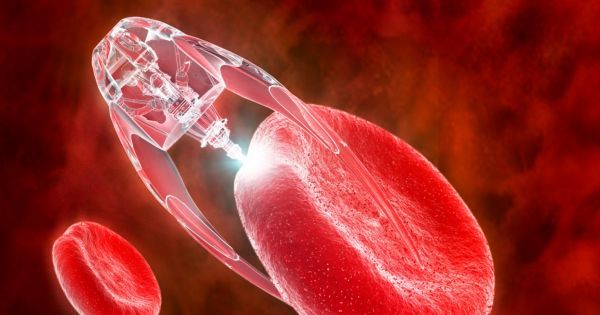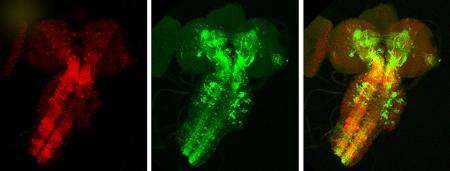Nov 7, 2016
2017 SRF Summer Scholars Program
Posted by Steve Hill in categories: bioengineering, biotech/medical, genetics, life extension, neuroscience, policy
SRF Summer Scholars Program opens December 1st!
The SRF Summer Scholars Program offers undergraduate students the opportunity to conduct biomedical research to combat diseases of aging, such as cancer, Alzheimer’s, and Parkinson’s Disease. Under the guidance of a scientific mentor, each Summer Scholar is responsible for his or her own research project in such areas as genetic engineering and stem cell research. The Summer Scholars Program emphasizes development of both laboratory and communication skills to develop well-rounded future scientists, healthcare professionals, and policy makers. Students participating in the program will hone their writing skills via periodic reports, which are designed to emulate text scientists commonly must produce. At the end of the summer, students will have the opportunity to put all of their newly developed communication skills into practice at a student symposium.

















